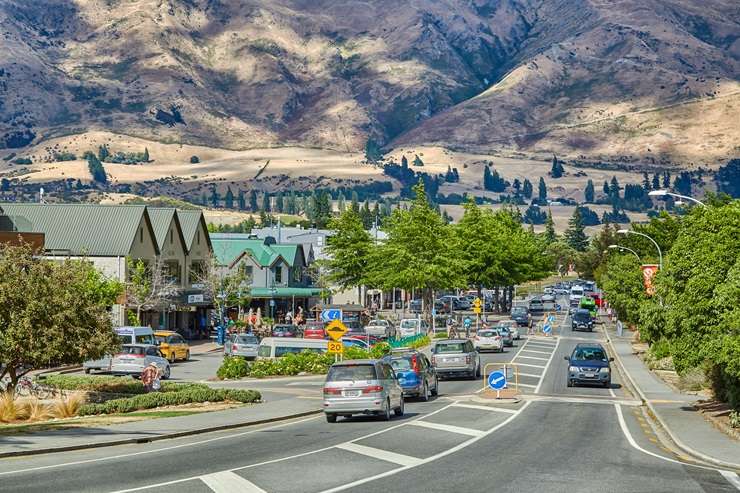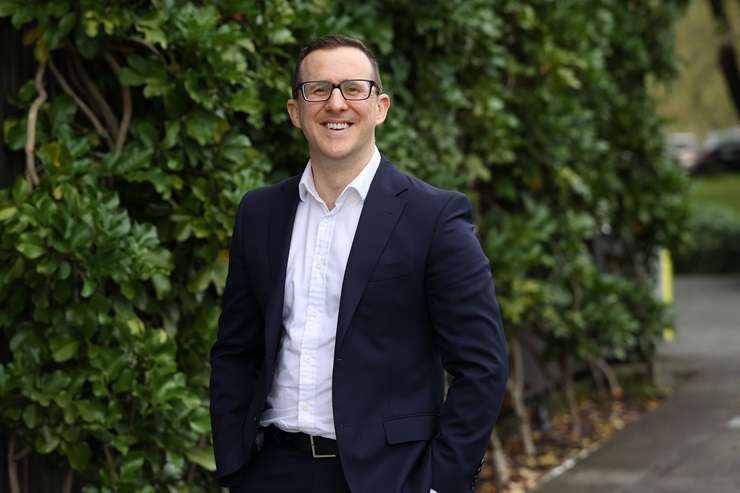Kiwis looking for real estate gold should follow the Golden Arches, a property investment coach has claimed.
In a video posted on social media last week, Christchurch-based investor Nathan Broughton highlighted the locations of four new restaurants McDonald’s plans to open soon.
The locations - Kumeu and Ōrākei, both in Auckland, Mt Iron in Wānaka, and Green Island in Dunedin - were revealed in a recent news article by the New Zealand Herald, and Broughton said those areas’ housing markets were worth investigating.
Broughton told OneRoof investors looking for areas with growth potential would be well served to look at the real estate decisions of companies like McDonald’s, as they tended to carry out detailed research into population movements, local planning decisions, and customer incomes.
Start your property search
“It’s just about leveraging other people’s data. Big corporations can spend lots of money on this. Your average Joe Blow, they are not going to be able to do that, so they can just look at what other people are doing and try to gain some insight from that,” Broughton said.
Discover more:
- Revealed: How to buy a house with zero cash
- Paul Henry's Traitors NZ castle for sale
- Bungalow smashes past the reserve, delivers $1m profit
A McDonald’s spokesperson told OneRoof detailed analysis and planning went into identifying new restaurant opportunities. In a typical year, it opened between two and four new restaurants.
"There are a number of variables that go into the site selection. Typically, we are looking for sites where we can operate free-standing, full-service restaurants with good vehicular access, a market opportunity, and favourable operating hours. We are also cognisant of the communities in which we would operate, and being a good neighbour.”
While some of the restaurants might be trying to tap into historic growth, Broughton said others would be opening in places McDonald’s had identified as growing.
Areas where population growth was expected were likely to see growth in rental demand. “These things won’t be instant, but if your trajectory is going up in both, it’s a good place to invest," he said.

Wānaka is about to get a new McDonald's - so should investors pile in? Photo / Getty Images
He advised those purchasing an investment property to have a type of tenant in mind and to work back from there, noting that renters with young children typically looked for good school zones. Areas with high student populations could help with rental yield - as rooms could be rented individually.
“Pricewise people have limits of what they can borrow so you’ve got to know what you [can afford].”
Opes Partners resident economist Ed McKnight said property investors had long tried to piggyback on the research of big corporates, including McDonald’s and Woolworths.
However, he warned doing so might not always yield results as McDonald’s often opened restaurants in areas their competitors had left or they didn’t have a presence in.
Wānaka and Ōrākei, he said, featured on his list of worst places to buy a residential investment property, because of how expensive house prices were in both.

Bayleys head of insights Chris Farhi: “I think cashflow is important if you are investing, particularly in the current market with interest rates a bit higher.” Photo / Fiona Goodall
“I would generally be more inclined to say supermarkets are a [better] signal because even small towns can support lots of McDonald’s, but they can only support so many supermarkets.”
McKnight urged investors to look at Stat NZ data to get an understanding of actual population growth in each territorial local authority.
Finding areas that were undervalued and produced a good yield was just as important as population growth.
Bayleys head of insights Chris Farhi said when big retailers or fast-food chains “put all their resources” into opening a new outlet, they “think it’s a smart choice”.
They would be looking at growth, but also that the area suited their demographic, he said.
He agreed with McKnight that rental yield was as critical as population growth. “I think cashflow is important if you are investing, particularly in the current market with interest rates a bit higher.”
He would also look at other factors pushing up the demand for properties in these locations.
“If you look at Queenstown and Wānaka, obviously really nice scenery and a growth in people doing things like remote and second homes down there,” he said. “There’s good demand and pretty fast rental growth down there and certainly in the current conditions it seems to be pretty easy to get tenants.”
- Click here to find properties for sale
















































































